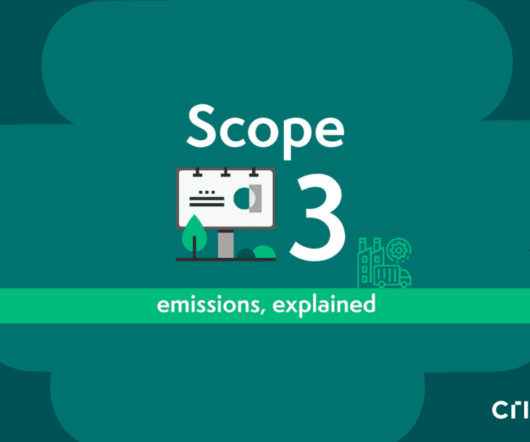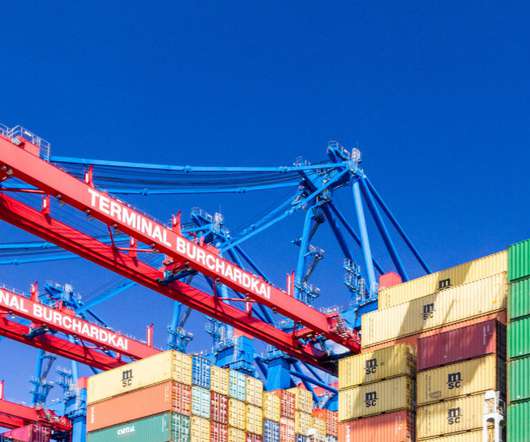Scope 3 emissions, Explained
crisp
SEPTEMBER 6, 2023
Until recently, reporting scope 3 emissions – which include indirect sources that organizations contribute to – has been optional. Scope 3, however, includes indirect emissions from an organization’s business activities, and sources they do not own or control. Here, we’ll provide an overview of each.

















Let's personalize your content